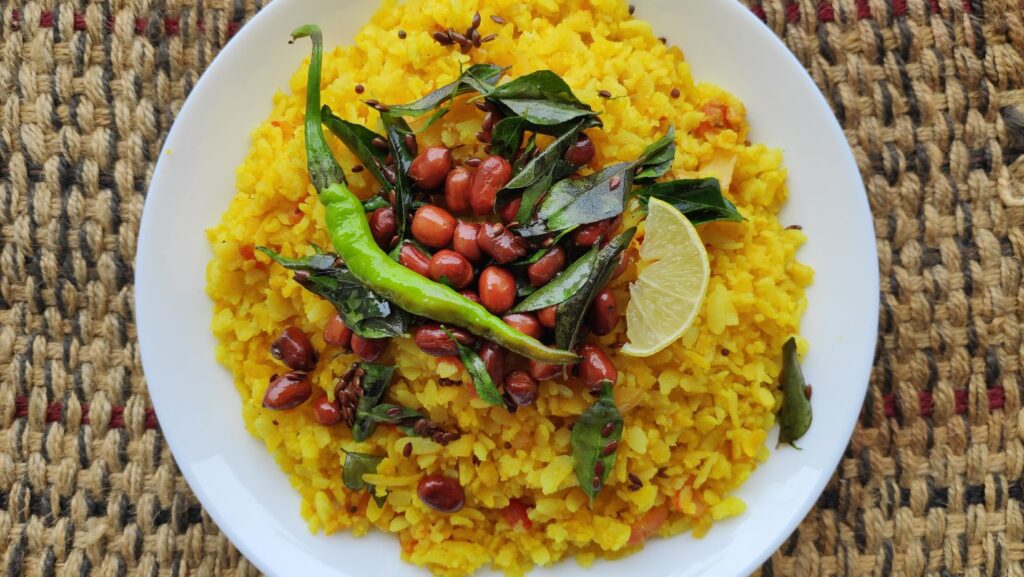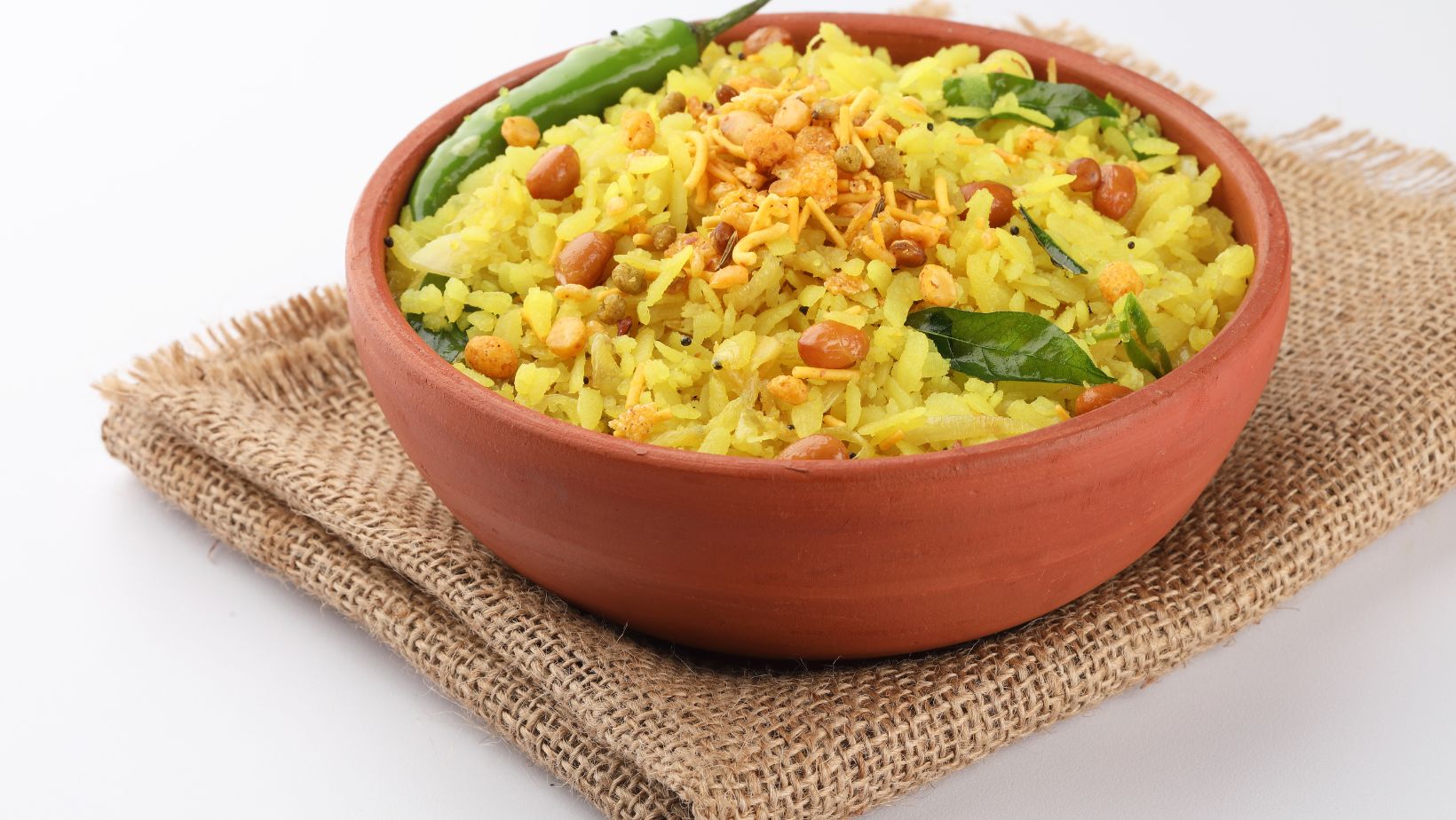
Navigating the world of dieting can often feel like a tightrope walk, especially when it comes to choosing the right foods that fit into a weight loss plan. One question that frequently pops up is whether it’s okay to eat poha at night while on a diet. Poha, a light and nutritious Indian dish made from flattened rice, has long been a breakfast staple, but its role in a diet-friendly dinner is subject to debate.while dieting, is it ok to eat poha at night?
Understanding the nutritional profile of poha and how it aligns with nighttime eating habits is crucial for anyone looking to maintain a healthy diet without sacrificing their favorite foods.
While Dieting, Is It Ok To Eat Poha At Night?
What is Poha?
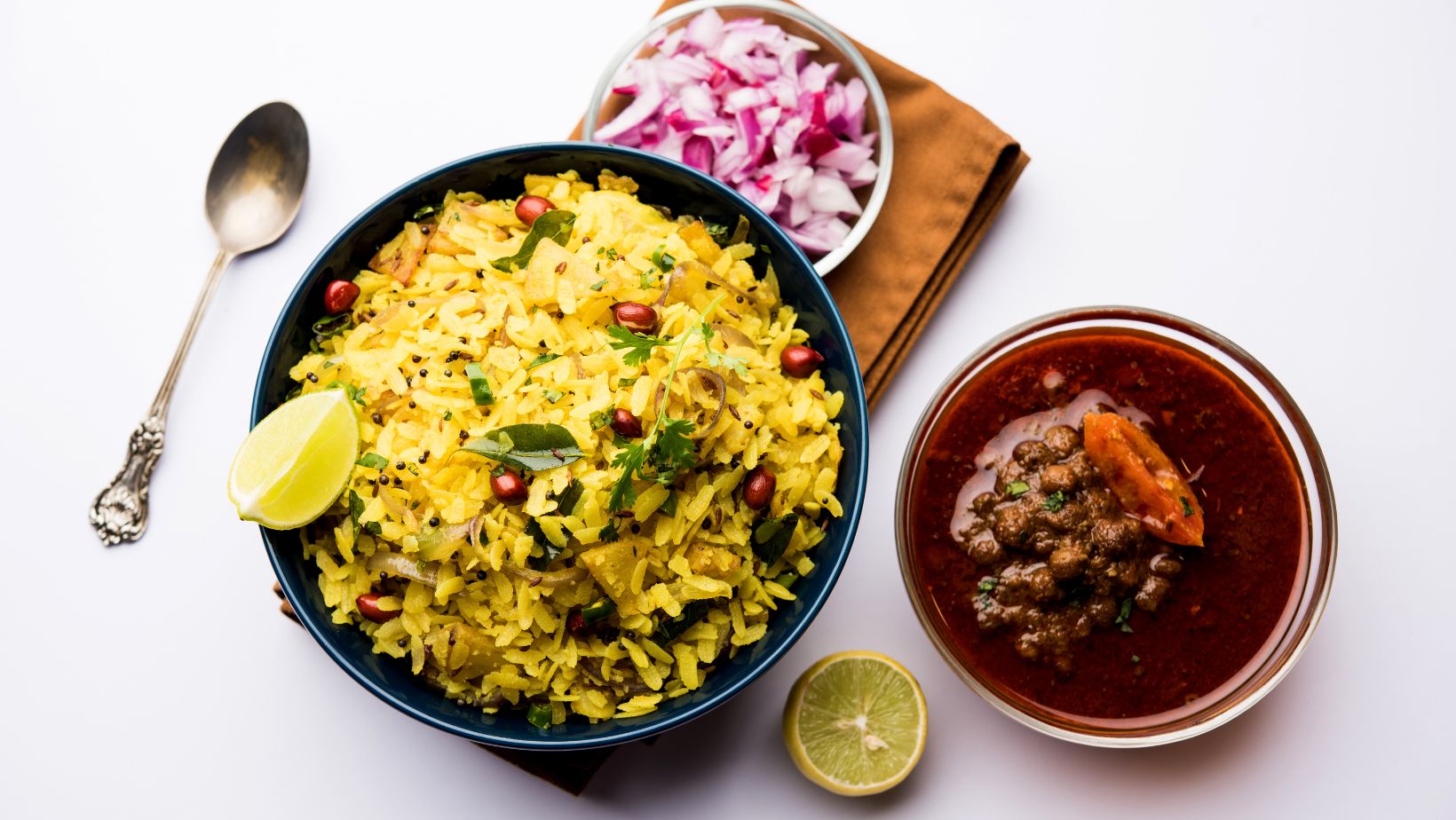
Poha, a popular Indian dish made from flattened rice, offers a light yet fulfilling option for those monitoring their diet closely. Originating from the Indian subcontinent, poha is not only easy to prepare but also highly customizable, allowing for the inclusion of a variety of vegetables and spices. This versatility makes poha a favored choice for individuals seeking a nutritious meal that doesn’t compromise on taste or satiety, especially during the evening.
Key Nutritional Components of Poha

The nutritional profile of poha makes it an excellent candidate for inclusion in a diet plan, even when consumed at night. Rich in carbohydrates, poha provides the necessary energy to conclude one’s day on a nourishing note. It is low in calories, which aligns with the goals of individuals aiming to lose weight or maintain a healthy weight. Moreover, poha is a good source of iron and is loaded with essential vitamins and minerals, contributing to overall wellness.
Poha’s high fiber content aids in digestion and promotes a feeling of fullness, preventing the urge to indulge in late-night snacking, a common hurdle in weight management.
The Role of Meal Timing in Dieting
How Meal Timing Affects Weight Loss
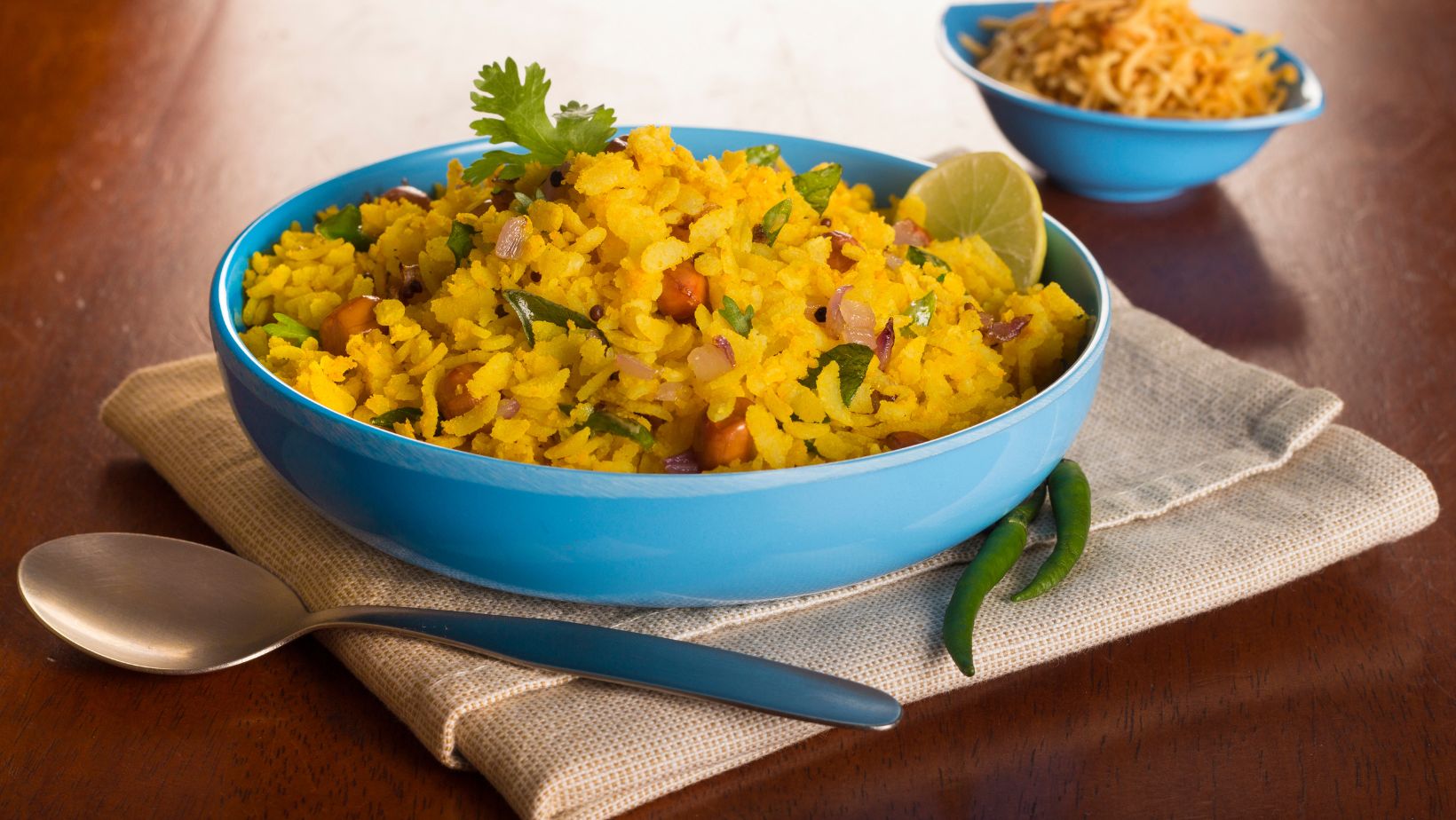
Meal timing plays a crucial role in the effectiveness of a diet, especially when the goal is weight loss. Consuming meals at regular intervals helps regulate the body’s metabolic processes, including digestion, absorption, and the synthesis of nutrients. Specifically, eating a well-balanced meal every three to four hours can maintain steady blood sugar levels, preventing spikes and crashes that lead to hunger pangs and overeating.
For individuals pondering, While dieting, is it ok to eat poha at night? it’s essential to understand that it’s not just the food choice but also the timing that matters. Eating a light and nutritious meal like poha in the evening can support weight loss by providing essential nutrients without excessive calories.
The Significance of Nighttime Eating
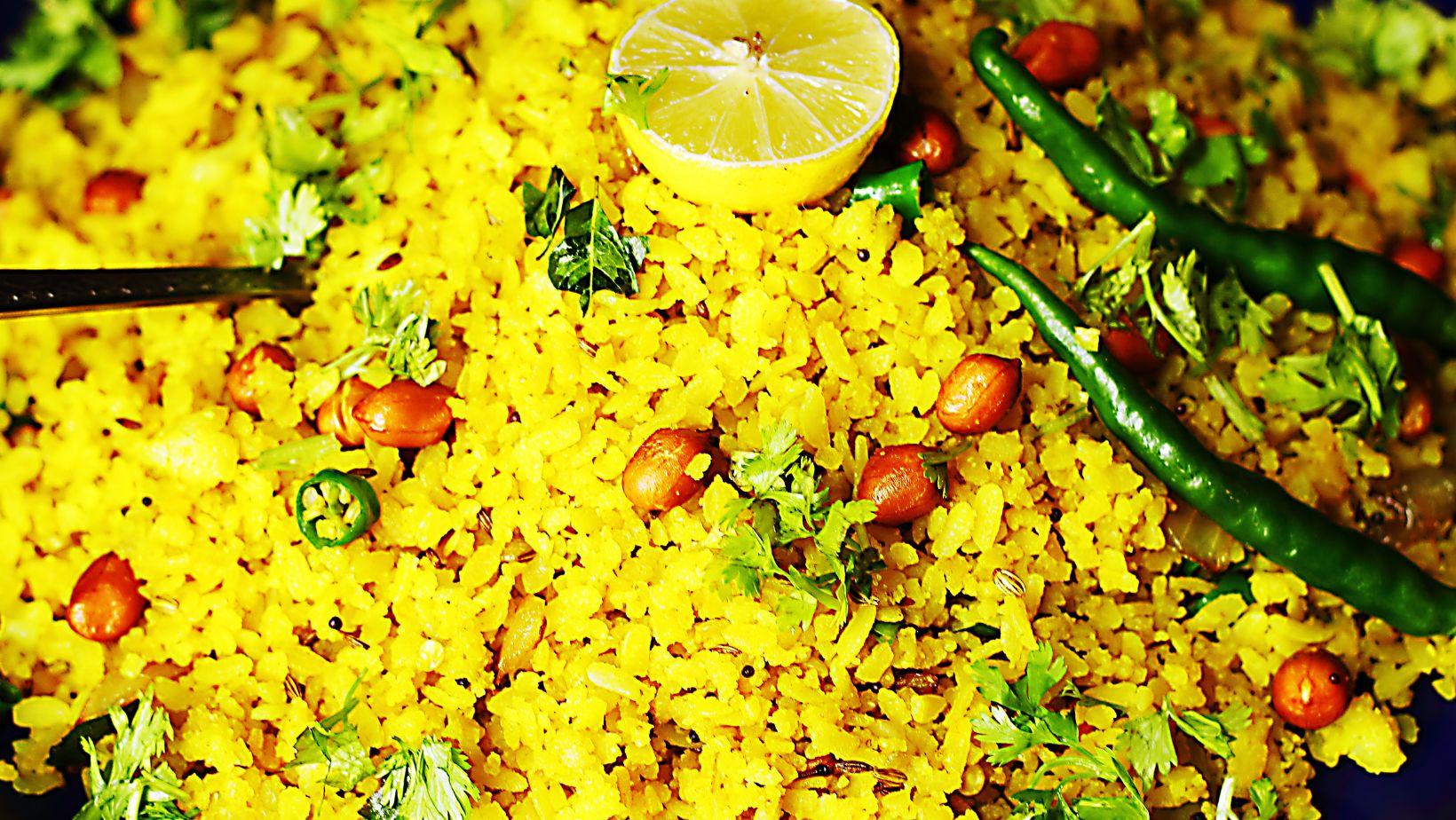
Nighttime eating has been scrutinized in weight management discussions, with a common belief that eating late can lead to weight gain. However, it’s the calorie intake over the day, rather than the timing alone, that ultimately affects weight loss. Choosing to eat poha at night can be beneficial if it fits within the daily caloric intake and replaces high-calorie or less nutritious options.
The significance of nighttime eating in a diet plan also involves understanding the body’s circadian rhythm. Consuming lighter meals, like poha, which is low in calories but high in nutrients, can align with the body’s natural processes. This alignment encourages better digestion and nutrient absorption without heavily burdening the digestive system during the night.
How to Make Poha a Healthy Nighttime Option
Choosing the Right Ingredients
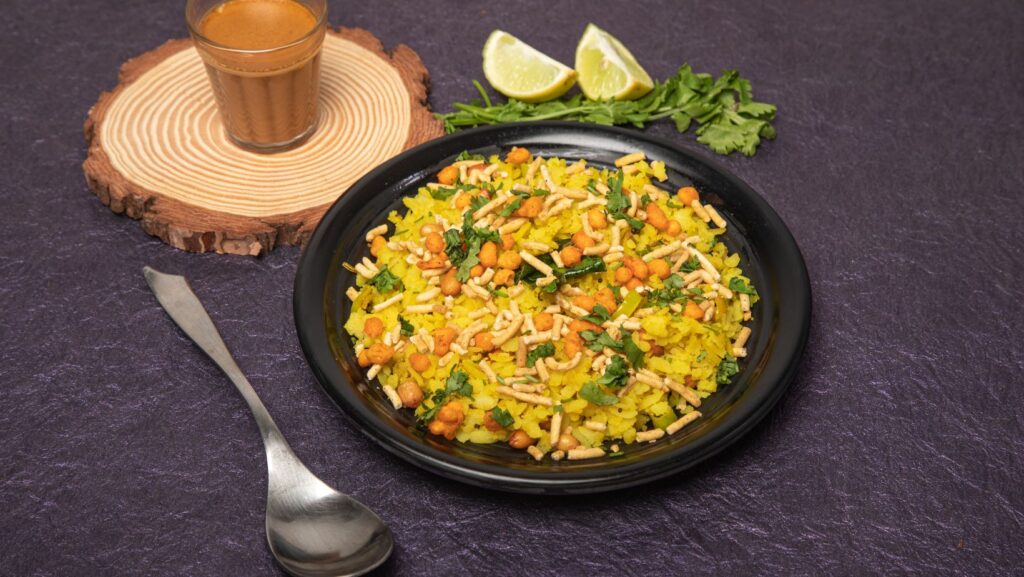
Selecting the right ingredients plays a crucial role in transforming poha into a healthy nighttime option for those dieting. Opting for whole grain poha, which retains more fiber than its white counterpart, supports digestion and provides a feeling of fullness, reducing the likelihood of late-night snacking. Incorporating vegetables such as carrots, peas, and tomatoes not only adds color and flavor but also increases the dish’s vitamin, mineral, and fiber content.
Lean protein sources like chicken breast or paneer can be added to make the meal more satisfying and balanced, ensuring muscle repair and growth during the night. To enhance the flavor without adding excessive calories, use spices such as turmeric, mustard seeds, and curry leaves.
Portion Control and Preparation Tips
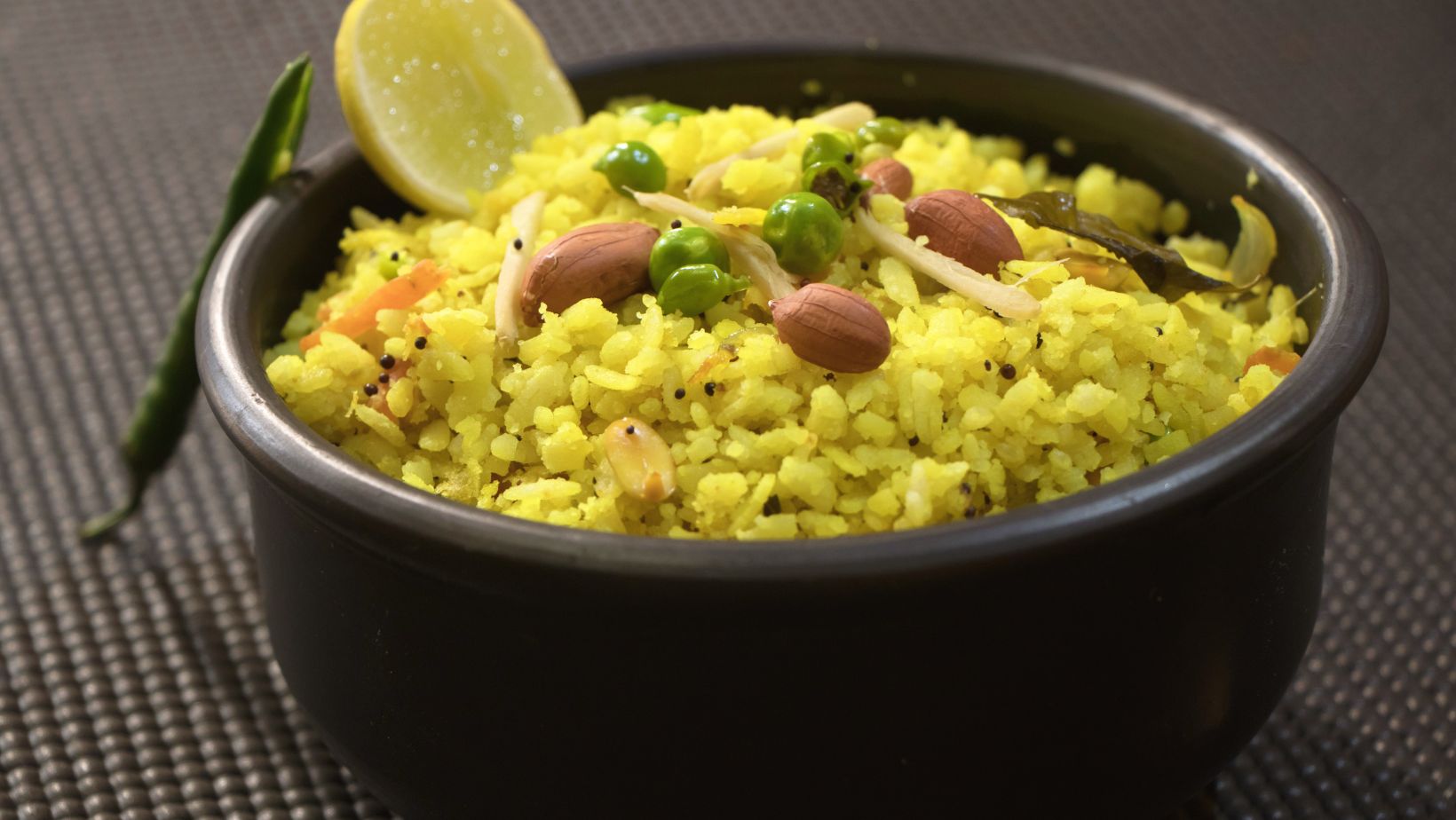
Understanding portion control is essential, especially when consuming poha at night. A serving size of about one cup of cooked poha is adequate for most individuals, providing enough energy and satiety without overloading on calories before sleep. Eating a controlled portion ensures adherence to daily calorie goals, supporting weight management.
Preparing poha in a healthy way means minimizing the use of oil and avoiding high-calorie toppings like fried snacks or excessive amounts of nuts. Instead, opt for a light sautéing method and garnish with fresh herbs like cilantro or mint for added flavor without the extra calories.

Ann is a beacon of inspiration and knowledge in the health blogging community, known for her holistic approach to wellness that combines mindful nutrition, balanced fitness routines, and mental health awareness. With a passion for empowering her readers to achieve their healthiest selves, Ann shares practical advice, easy-to-follow recipes, and personal anecdotes that make navigating the journey to wellness accessible and enjoyable.

